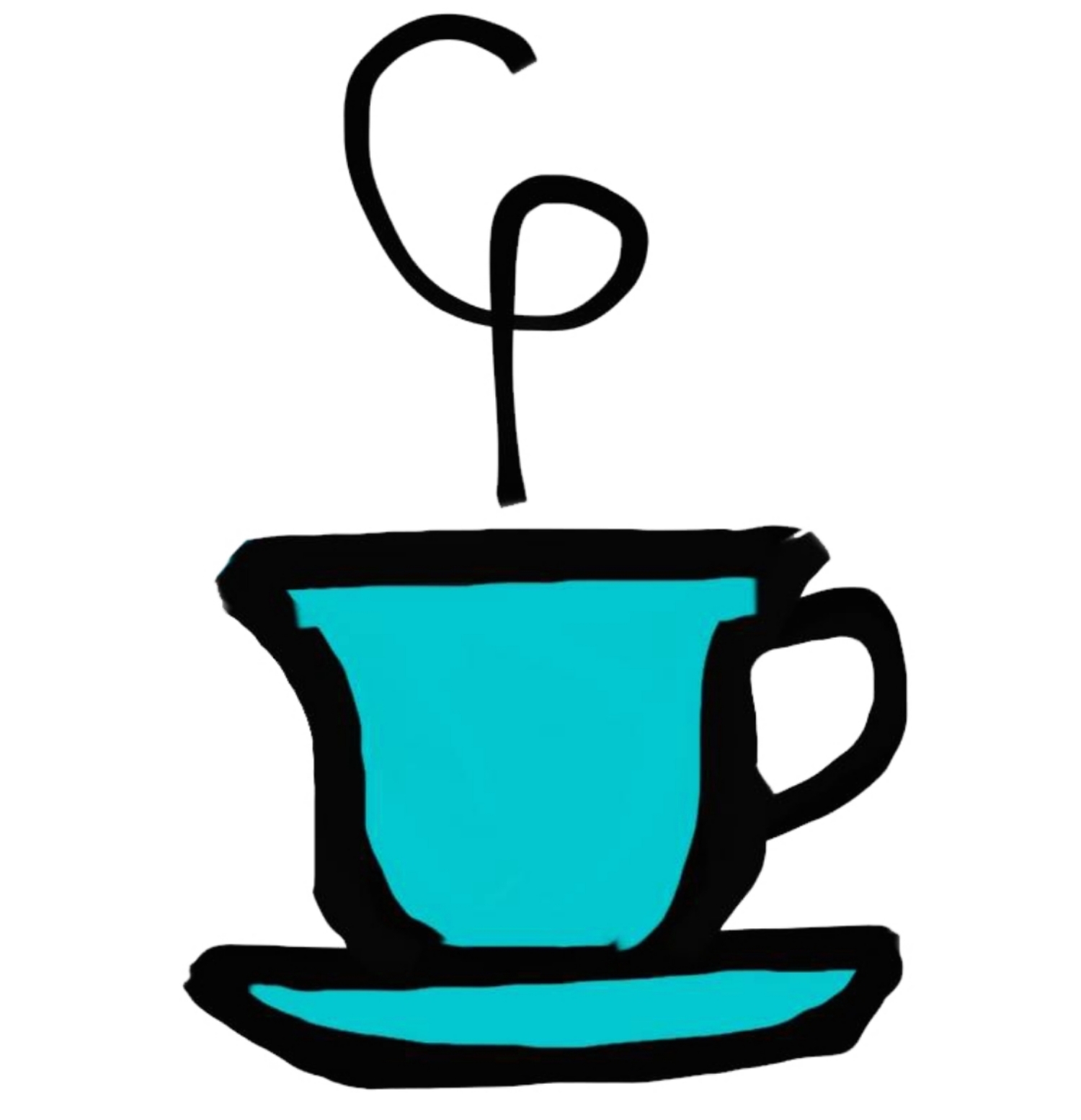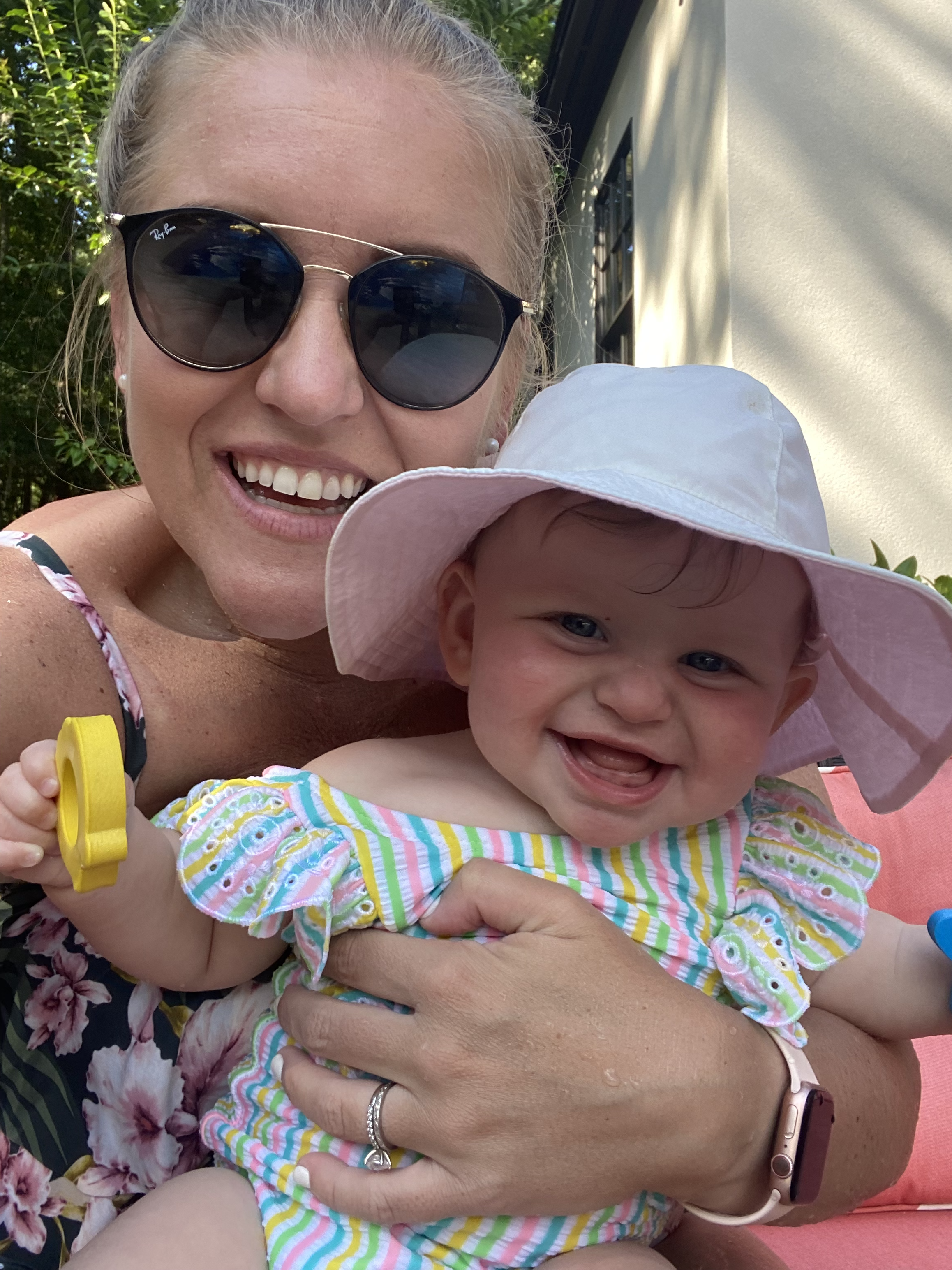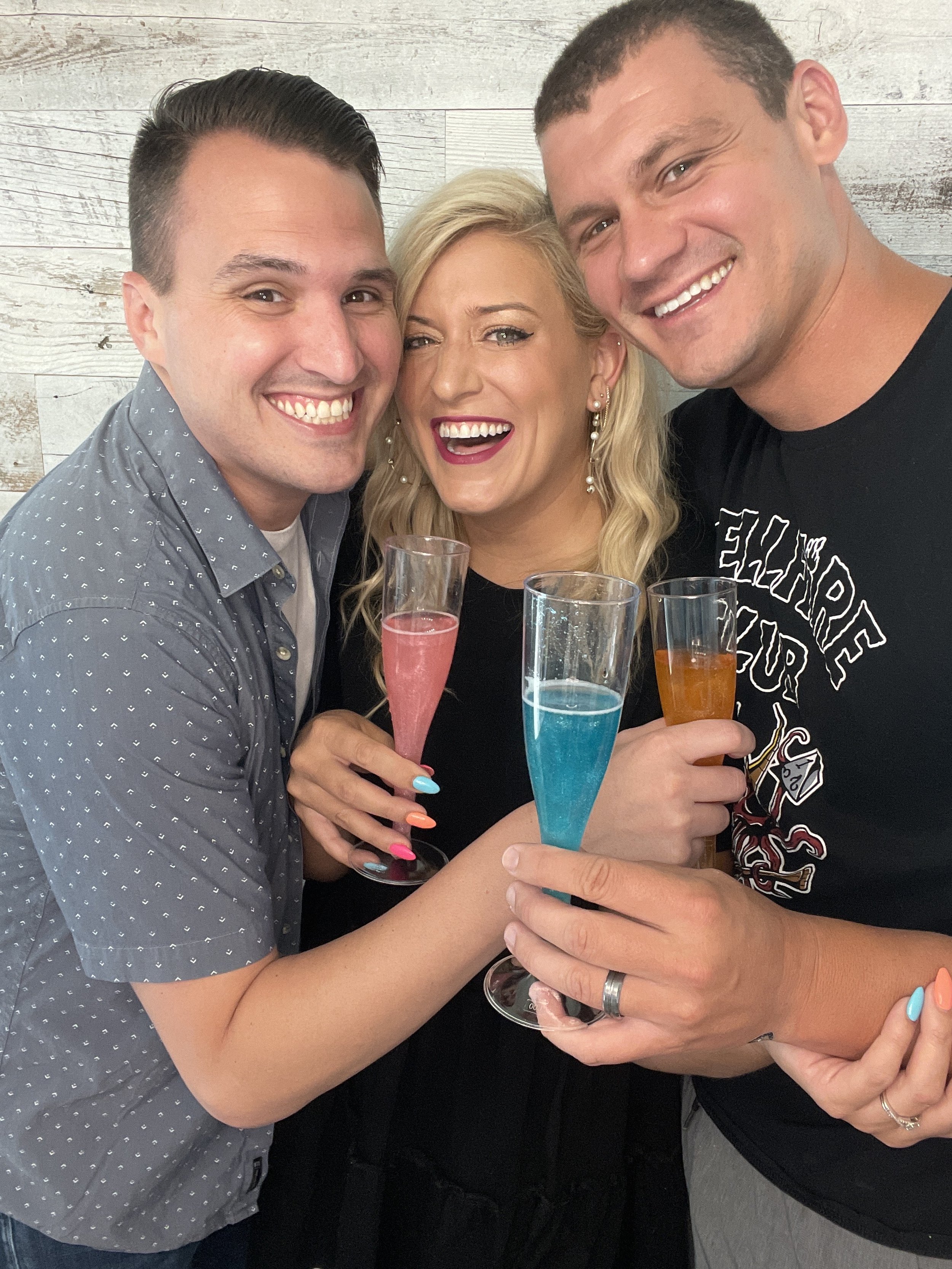10 ways to make a massive creative impact
/Inspired by Jeremy McCarter and the Hamilton creative team
Hamilton: The Revolution is one of only two books of which I own two copies; the other is The War of Art.
Both gave me hope in some of my darkest times of self-doubt. And that is why, even if you are not obsessed with Hamilton the musical, Hamilton: The Revolution is worth a look. Because it is about so much more than a hit Broadway show.
It’s about what it takes to make the impossible possible.
If you look carefully, you will find clues about what it takes to develop your own talents and ideas to their highest heights.
This book is the story of “something unprecedented and implausible becoming real,” and if, like me, you read it with your own creative dream in mind, you will find the breadcrumbs, hints at the path required to have a chance at your own version of unprecedented and implausible (p.136).
As the author Jeremy McCarter explains of the Hamilton team, the “most essential trait…was relentless creativity, a close second was ruthless pragmatism," and it is this mix that has driven me over the past few years – how to do a dream (p.206)? How to make the impossible possible? What is the work and time required? What about the pain?
Hamilton: The Revolution explores this very idea: what happens when you mix big dreams and tough editing? Creative adventure and pragmatic honing? Big risk and even bigger preparation?
You'll have to read it to find out, but trust me when I say it offers so much to anyone looking for its treasures, real clues for what it takes to make something to the very best of your ability.
Below are the clues I found, the things that most resonated with me, the moments that gave me something to hold, practice, and take with me on my own creative journey. If you read the book I guarantee you'll find things all your own. These are mine. Let's call them my “10 #Hamiltome Commandments.” ;)
1. Try New Things in Front of Audiences; Put Yourself Out There as a Way of Experimentation
In May 2009 Lin performed what became the first song in the musical, “Alexander Hamilton,” for a special event at the White House. The YouTube video of the performance is what started me on this Hamilton journey in the first place. What I didn’t know until I read Hamilton: The Revolution, though, is that no one was expecting a performance of "Alexander Hamilton" that night in 2009; they were expecting Lin to perform a song from his award-winning musical In The Heights.
But, as Jeremy puts it, “Lin had a different idea…he wanted to try something new” (p.14-15). He had never performed it in public. This was a risk. And while the book doesn't mention this, I couldn't help but imagine what the boisterous reception of the song did for Lin, how it might have shaped the way he moved the project forward. One thing I’ve learned from Lin, though, is that he’s not afraid to try something new, not afraid to put himself out there, lay himself bare, even in front of the President.
Or maybe, he is afraid but does it anyway?
2. The Details No One Will See are the Details Everyone Will Feel
The book itself overflows with details and choices that heighten the experience – its old-world design, the chapter titles, the worn feel of the jagged pages, and the choice to actually show us Lin’s original journals, emails, and even a Google chat, all work together to create a very particular feel.
When you're creating something, this kind of attention to detail can easily seem painstaking and maybe at times even pointless; why bother with something so few will notice?
It is my hypothesis that this is what makes something a classic, what makes people return to something again and again and again; behind every classic is a person or the people who paid very close attention to the details most people would never see.
The examples of this kind of attention to detail in Hamilton are endless, but Jeremy gives an great overview.
Some of my favorites include:
Lin explaining in one of his annotations that when Leslie gets to the “‘There would have been nothin’ left to do…’” part in the opening song, “We double the tempo here because Hamilton’s found his way out: He’s going to double down on his education, and make himself undeniable’” (p.17).
Jeremy telling us how Jay Duckworth, the prop master, uses “Rochambeau’s actual map!” and cares so deeply about that level of detail, even though it goes unseen by the audience, because the actors see it and he knows this kind of detail supports their performance.
Or the driven choreographer Andy Blankenbuehler and how he “devised a language of what he calls ‘stylized heightened gesture’” (p.134). Jeremy's incredible writing takes you into tech, and in this section shows you just how dedicated Andy is to the details. When you read this book, Andy will be a character of relentlessness that will stay with you.
Jeremy tells us about the things Andy thought about that most might never notice: “like the fact that Burr moves in straight lines, because he sees no options, and Hamilton moves in arcs, because he sees all possibilities” (p.134). (Did your mind just explode? Because mine did when I read that. I want to be best friends with Andy Blankenbuehler.)
And finally, Alex Lacamoire, who, after spending so much time with Will Wells, I can’t help but refer to as “Lac.” As Jeremy explains: “Most cast albums are recorded in three or four days: Lac insisted on two weeks to get every vocal and instrumental part exactly right” (p.198).
Also, Lac and his engineer “recorded each performer separately” in the ensemble, something not normally done. When I first heard the Hamilton cast album I didn’t know this fact, all I knew it what I felt, and one of the things I felt was that the ensemble really added something inimitable to the story – their background shouts and emotions. I didn’t know why they made me feel so much.
Now I do.
3. It’s Okay to Take Your Time To Get it Right
There were certainly some songs Lin wrote quickly and all at once, like “That Would Be Enough." But songs like the opener? “It took more than a year to get it right” (p.21).
And “My Shot,” Lin says, “‘took years’” (p.27).
I remember a tweet of Lin’s: he explains to a twitter follower not to rush an author they both love on a book three Lin and other fans were waiting for; Lin advises to let the author “take his sweet time. It'll be ready when it's ready. I can relate.”
This has helped me. Whenever I start to berate myself that my book is taking longer than I’d hoped I think of Lin and Lac and say to myself “it'll be ready when it's ready.” And then I breathe. And keep writing.
4. Over-Preparation is Preparation
I was amazed at how skilled every single person who joined this team was – it seems no one was an amateur. These were pros to begin with; people, it could be argued, who could have easily gotten the job on their talent and previous work alone.
But that’s not how people at that level continue to be at that level.
As Jeremy says about the set designer David Korins, despite his impressive credits and experience, “he still prepared like crazy for his interview with Tommy…even did a scene breakdown, something he normally does after he gets a job” (p.38).
The depth to which everyone who worked on this show prepared for the audition was astounding; it makes me wonder if those who can stand on their talent alone almost never do - because somehow they know that there is a lot of talent out there, that it's preparation that really gets the job.
Leslie Odom Jr. says it best: “’How do you let people know what you want?...You let them know through preparation. You show them’” (p.90).
5. Risk and Uncertainty are the Taxes
Last month I was in Tallahassee, FL filming a TV show I host, and by chance the first night I arrived at my hotel I saw on Twitter that Elizabeth Gilbert had also just arrived in Tallahassee for a live talk she was going to give at Florida State University the next night. I bought a ticket immediately.
After her amazing talk (she is a MASTER storyteller, a master I tell you!) I walked to the mic for the Q&A. Earlier when I was browsing Twitter, waiting for the talk to begin, I’d read an article where Lin-Manuel had talked about self-doubt and nervousness being like rocket fuel: “It can blow up your ship if you don’t channel it right. If you channel it right, that energy is going to get you through.’’
I asked Liz if she had ever felt like it was going to blow up her ship, and what she did in those moments. Everything that came after was pure gold.
I could write a whole essay on what she said, but for this piece I’ll share this: she said that she’d come to realize that things like self-doubt and uncertainty were the taxes she would have to pay for a creative life; she confirmed that those things do not go away for creative people; they simply understand they have to live with it and learn how to channel it, how to choose curiosity over fear (her book Big Magic is pure awesomeness).
The list of risks that individuals took to make Hamilton what it is today is probably more exhaustive than any but those involved truly know. As Jeremy expresses again and again, the success of Hamilton was not inevitable. It was not guaranteed. There were a fafillion times it could have gone differently. And, from what I took out of it, everyone on some level took a risk that helped it go where it went.
Like when Lin asked Chris Jackson to play George Washington in this new thing he was doing, he said, “’Sure,’” but as Jeremy explains, “Chris didn’t know how seriously to take it. Lin has lots of ideas; they come and go” (p.58).
The book is chock full of these moments; moments when it's clear that these very talented people were willing to pay the taxes of uncertainty and risk because their gut was telling them that it just might be worth it.
6. You Never Know Where Your Creative Consumption Can Take You
Lin’s lifetime of creative loves are nestled within the annotations that the book provides. He cites all these influences from a variety of artists and art, little nods and homage’s; evidence of a life seeped in inspiration. In fandom.
For the past few months I’ve been stuck, lost, and I all I could do was consume the creativity of others for inspiration (the Hamilton cast album being a huge source). There were times when I wondered if I was falling behind; had I become a consumer only? Would I ever be a creator again?
Lin’s annotations reminded me that the time spent in love with someone else’s art is time well spent – regardless of whether or not it leads to your own creative work, of course, but that the possibility of it leading somewhere incredible is there. That's all I needed to keep indulging.
7. The Final Version of Something Wonderful Is Usually the Result of Intensive Refinement
There’s no doubt in my mind that Lin’s original demos were outstanding.
But there’s also no doubt, and I would bet Lin would be the first to agree, that Hamilton wouldn’t be what it is today without the many talented people who got involved and the years and years of refinement.
The book highlights, for example, the week they lived in Vassar dorms together as part of a program and refined, refined, refined.
The grueling eight days of tech, where they worked out every change necessary. Watching closely. Adjusting. Changing. Refining. Fixing. Doing it again. And again. And again.
I remember watching an interview with Leslie where he shows the reporter this hole he had built in the set where he can peek out to see the audience before the show (but they can’t see him). Why? He explains it’s how he prepares; he refines his performance that night based on the audience that is there that evening.
As Jeremy defines this brand of refinement and audience feedback, it’s“a million little signals that a first-rate actor can detect” (p.90).
8. Find the Drama; Hone and Discard
In a Times Talk panel I saw on YouTube, Lin talks about how some of his best lines got cut right from the beginning, and that he was happy to do it – because he wanted to show that it really is about the story; anything that doesn’t serve the emotional journey of the story should go. And story, of course, is drama. Tension. Tension. Tension. More tension. Resolution.
The book, especially Lin's annotations, reveal so many decisions that were made to serve the story first, to elevate the dramatic tension, to heighten the experience, to bring the audience in to this journey. Everything was thought about - nothing it seems was accidental. And getting rid of things? Even great things? Unsentimental - story first.
This kind of commitment and relentlessness is what makes Hamilton, to me, feel perfect.
9. Mentors Matter
I was so astounded to learn about the amazing mentors who helped Lin through the more trying times of the creative process – all of them masters of their craft, some greats in the Broadway world.
One of the most profound moments in the book for me is when an original email between Lin and John Weidman is shared. You’ll have to read the book to see it, but in it Lin’s sense of being overwhelmed in the middle of a project is evident, and Weidman’s advice is everything.
Lin is for sure a trailblazer, a master, a creative genius in his own right: but even he seemed to need and benefit from master mentors.
After I read the Lin and John email I reached out to some of the master writers and mentors I’d tried not to ask too much from; especially those who, when they'd ask about the book, I'd usually reply with some version of “Oh the book is going great!” for fear of looking unprofessional or unworthy of their time. No one wants to mentor a lost confused 'loser,' I thought.
This section of the book gave me courage to tell some of the people I most look up to the truth when things were terrible. To ask for help.
And to my surprise they did want to mentor a lost confused loser. And the advice they offered was everything.
10. Creative Ambition at its Best is a Gift
The themes of ambition in Hamilton are what resonated with me so deeply, so instantly. I saw myself. And it came at a time in my life where I’d been questioning my ambition, some days trying to kill it all together. All of a sudden what used to feel like my greatest asset seemed to only be making me miserable.
Hamilton came into my life at the moment I was most thinking about giving up, letting go of my ambition, my creative dreams. It had all started to seem so stupid.
Hamilton underscored and defined something about ambition that I'd been trying to define for years. Hamilton and Burr made things clear; Hamilton’s was the kind of ambition that was about giving the best of himself, Burr’s was about taking the best for himself.
I talk about ambition as gift in my interview with Ashley Brown, but this concept was brought to a crescendo when I first heard Chris Jackson sing about vines and fig trees in the song “One Last Time.”
In the book, Lin writes that he knew this was Chris’ sweet spot; my best guess is that Lin is referring to another vocal of Chris’ that does the same thing for me: a moment in In The Heights when he sings to the character Nina after she says she’s lost her way, “Then can I say…” and all the notes that follow.
Something happens to me when I hear that moment – the same thing that happens when I hear Chris sing about the vines and the fig trees. The same neurons fire. The same nerve endings blaze.
I can only describe it as what happens when you are on the receiving end of a person who is giving you their best – when all their striving, honing, refining, risking, despair, training, and fighting culminates in this moment where, like a laser beam, they infuse their talent to you and it feels something like hope. Like a precious gift.
The kind of gift that makes you feel in your bones that maybe you too have something to give.
Hamilton: The Revolution is a gift (one, if I haven’t mentioned already, is so amazing because of the gift that is Jeremy McCarter’s writing). One I think anyone who wants to give their best at whatever it is they do will love.






























